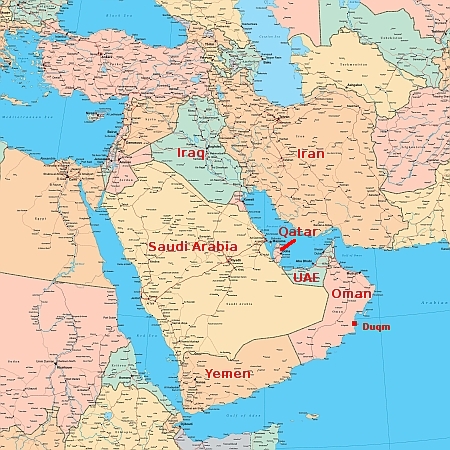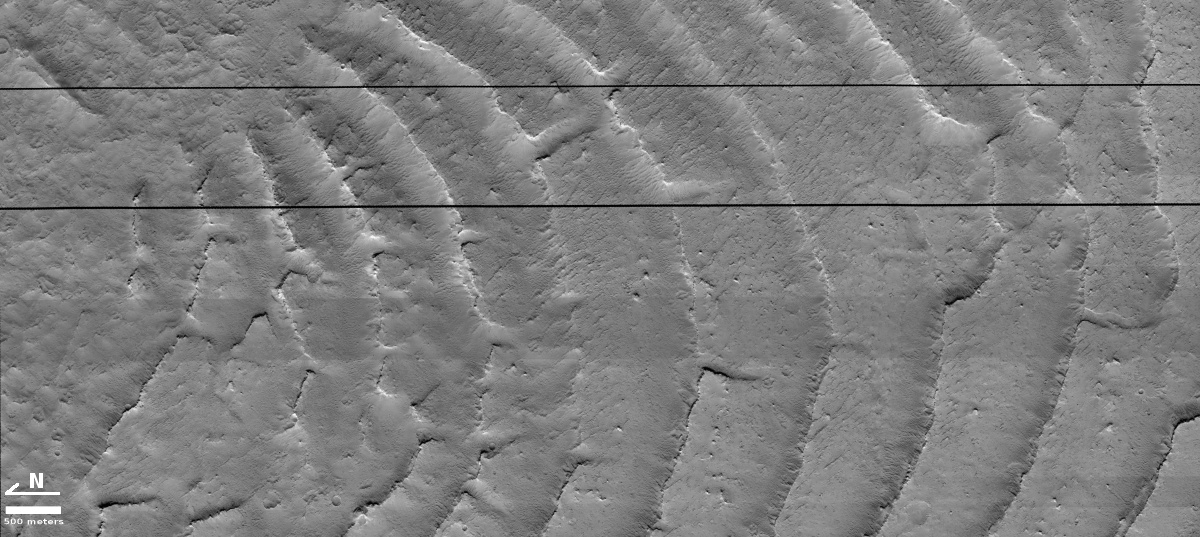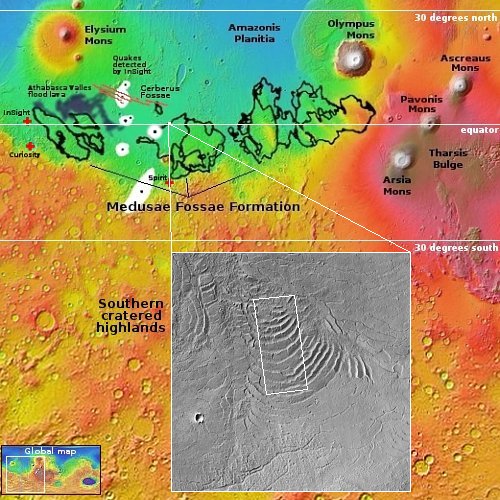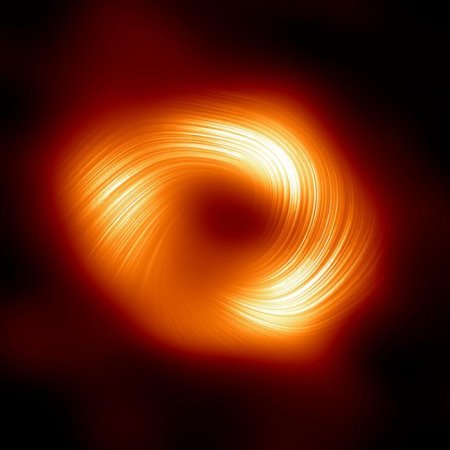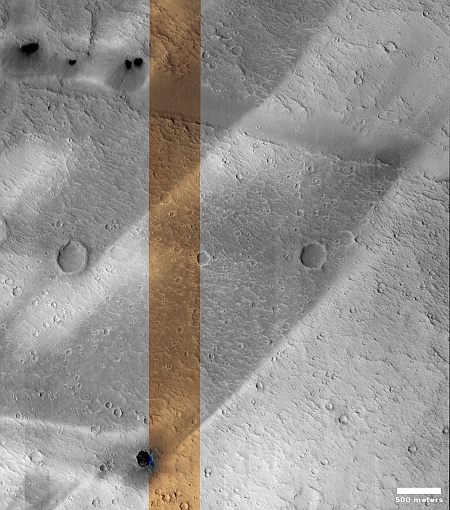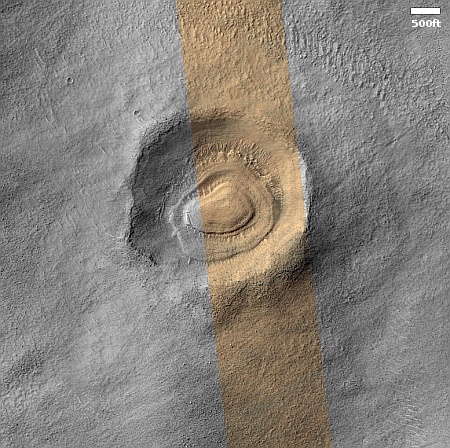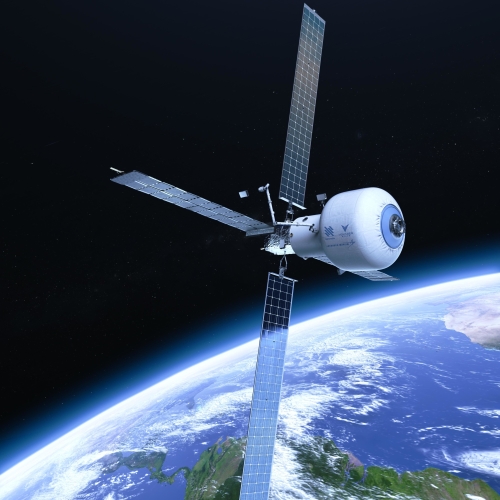Billionaire who fought Sutherland spaceport now owns at least half of competing Saxavord spaceport

Proposed spaceports surrounding Norwegian Sea
Anders Povlsen, the Danish billionaire who aggressively fought the establishment of the Sutherland spaceport on the north coast of Scotland, where he owns lots of land, has increased his holding of the competing Saxavord spaceport on one of the Shetland Islands, raising his share of ownership there to at least 50%.
Danish billionaire Anders Povlsen has increased his stake in Shetland Space Centre via his company, Wild Ventures Ltd, which now owns more than half of its shares. New filings with Companies House also show that Lise Kaae, the chief executive of Mr Povlsen’s investment firm, Heartland, has been appointed as a director at the spaceport.
Mr Povlsen, who made his fortune in retail fashion and is reported to be Scotland’s largest landowner, has been involved in the spaceport since 2020 when Wild Ventures Ltd invested £1.5m.
Povlsen had for years aggressively opposed Sutherland, expressing that opposition with repeated lawsuits that caused years of regulatory delays. Those delays in turn impacted Sutherland’s biggest customer, the rocket startup Orbex, which had a fifty year lease on a launchpad and had hoped to start launches of its Prime rocket in 2022. In December 2024, with no sign it would get a launch license from the UK’s Civil Aviation Authority anytime soon, Orbex essentially gave up on Sutherland, announcing suddenly it was switching launch operations to Saxaford.
It now appears Povlsen’s lawfare effort has born fruit, which I think explains why he has now suddenly increased his ownership share in Saxavord

Proposed spaceports surrounding Norwegian Sea
Anders Povlsen, the Danish billionaire who aggressively fought the establishment of the Sutherland spaceport on the north coast of Scotland, where he owns lots of land, has increased his holding of the competing Saxavord spaceport on one of the Shetland Islands, raising his share of ownership there to at least 50%.
Danish billionaire Anders Povlsen has increased his stake in Shetland Space Centre via his company, Wild Ventures Ltd, which now owns more than half of its shares. New filings with Companies House also show that Lise Kaae, the chief executive of Mr Povlsen’s investment firm, Heartland, has been appointed as a director at the spaceport.
Mr Povlsen, who made his fortune in retail fashion and is reported to be Scotland’s largest landowner, has been involved in the spaceport since 2020 when Wild Ventures Ltd invested £1.5m.
Povlsen had for years aggressively opposed Sutherland, expressing that opposition with repeated lawsuits that caused years of regulatory delays. Those delays in turn impacted Sutherland’s biggest customer, the rocket startup Orbex, which had a fifty year lease on a launchpad and had hoped to start launches of its Prime rocket in 2022. In December 2024, with no sign it would get a launch license from the UK’s Civil Aviation Authority anytime soon, Orbex essentially gave up on Sutherland, announcing suddenly it was switching launch operations to Saxaford.
It now appears Povlsen’s lawfare effort has born fruit, which I think explains why he has now suddenly increased his ownership share in Saxavord

